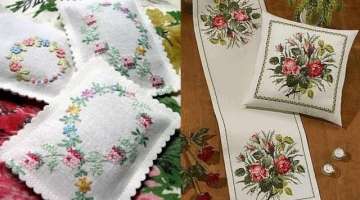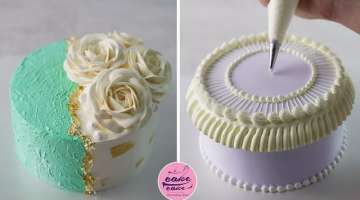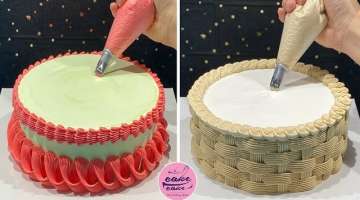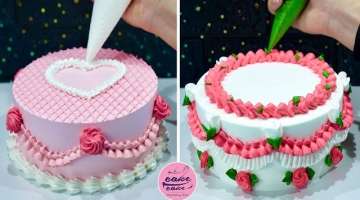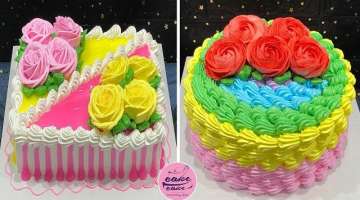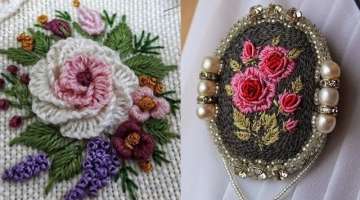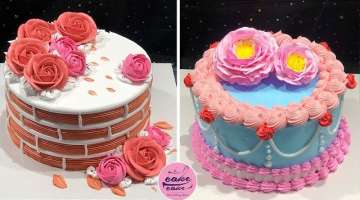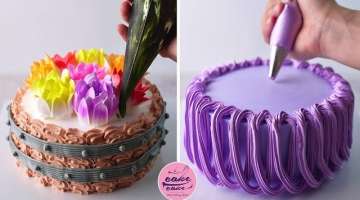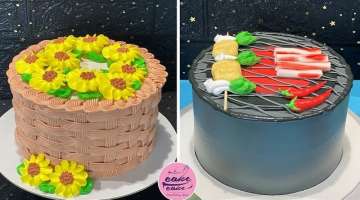Planting Container Plants Indoors
When planting anything indoors, adequate sunlight for each particular plant must be considered. Some plants like direct sunlight, while others prefer indirect sunlight
- 1 | 13

It doesn’t matter whether your plants are sitting on a table, windowsill or an end table, their needs for sunlight will vary between low, medium and high light source requirements.
- 2 | 13

Light provides plants with the energy source they need to manufacture food. Some plants do well with natural light and some even thrive under fluorescent or other sources of light when natural sunlight is not readily available.
- 3 | 13

Most homes don’t offer enough light for plants that require a large amount of daily sunlight, such as begonias or geraniums or hibiscus, though if you can find a spot near a window or doorway that gets at least 8-12 hours of sunlight a day, they may thrive in that spot.
- 4 | 13

Other plants that need a large amount of sunlight include weeping figs and English Ivy, but again, if you can find a shelf or window ledge that gets either a southern or western exposure, they will probably do well. Other high-light plants such as the following also do well indoors.
- 5 | 13

Plants and flowers that require a medium amount of sunlight will do well if they are located within a few feet of windows, such as Boston ferns and African violets
- 6 | 13

These types of plants love an eastern exposure, so if you can find a spot that receives indirect sunlight for at least 10-12 hours a day, they will do just fine. Some additional examples of medium-light plants include:
- 7 | 13

o Wandering Jew o Philodendrons, such as Oval-leaf, Heart-leaf and Fiddle-leaf o Lilies, such as Cleveland Peace and Mauna Loa Peace o Asparagus varieties, such as Plume, Sprengeri, Fern
- 8 | 13

Plants and flowers that don’t require a lot of direct or indirect sunlight do best in an indoor situation.
- 9 | 13

These plants may include, but are not limited to philodendron species, peace lilies and cast-iron plants. Such types of plants actually prefer a northern exposure to light and will thrive if they are within several feet of such a light source. Such plants may include:
- 10 | 13

o Evergreen varieties, such as Silver, Silver King and Chinese o Pathos o Snake Plant If your home or apartment is situated so that you don’t receive enough adequate light for your plants, you might want to consider artificial lighting as an alternative
- 11 | 13

Many indoor plants love artificial light provided by fluorescent lamps.
- 12 | 13

As with anything, too much of a good thing can be harmful, and the same goes for plants who get too much sunlight. If this happens, plant leaves may start to bleach of color and curl around the edges. Some plants even prefer shade, such as ivies, peace lilies, Lucky Bamboo, and snake plants.
- 13 | 13

Adequate sunlight is the primary consideration when planting anything indoors. Some plants like direct sunlight, while others prefer indirect sunlight. No matter where you place your plants, on a table, windowsill or an end table, their needs for sunlight will vary between low, medium and high light source requirements.
Related Galleries

